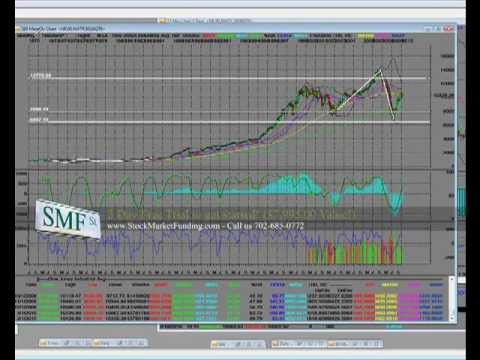Bear Market Anniversary How Today s Market Is Like 2007
Post on: 1 Май, 2015 No Comment

October Can Be Frightful for Stocks. But It Can Also Be Fruitful.
Exactly seven years ago today, the stock market fell into the worst bear market this side of the Great Depression.
The crash, which unfolded from Oct. 9, 2007 to March 9, 2009, obliterated more than half of the total value of the U.S. stock market and threatened the very existence of iconic companies from General Motors to Merrill Lynch.
Of course, all of this seems like ancient history now that the stock market has fully recovered and then some.
After the fourth-longest bull market in history, the Dow Jones industrial average and the S&P 500 are both near all-time highs. The housing market is slowly but surely recovering. And the U.S. economy has recently been growing at an annual rate of 4.6% .
Sounds like a totally different scene than seven years ago, when the economy was about to slip into a recession, the housing market was melting down, and the global financial panic was at full tilt.
Yet if you start digging into the details, there are a number of glaring similarities between todays market and where Wall Street was on this fateful day seven years ago.
The bull market is aging. The stock market rally was an older-than-average five years old on Oct. 9, 2007. On Oct. 9, 2014, the bull is an even-older-than-average five and a half years old.
The market is starting to look its age. One way to tell if a bull is losing steam is to see how many stocks are actually participating in the rally. In 2007, the percent of companies in the S&P 1500 total stock market index that were outperforming the broad market fell to a lower-than-average 35%. Today, its even lower at 30%.
The market is pricey. The price/earnings ratio for the S&P 500, based on projected corporate profits, stood at 15.2 on Oct. 9, 2007. Today, that P/E ratio is an even-higher-than-average 16.2.
The market is pricey, part 2. Theres another way to measure the markets P/E, using 10 years of average profits. In October 2007, the S&P 500s so-called Shiller P/E stood at 27. That marked one of only four sustained periods in history where this P/E ratio climbed and remained above 25. Today, the markets Shiller P/E is at 26.
Since 1926, whenever this measure has exceeded 25. the average inflation-adjusted annual return for stocks has been a mere 0.5% over the subsequent decade. By contrast, the historic annual real return for stocks is closer to 7%.
Greed is back. Seven years ago, merger & acquisition activity in the U.S. hit a record high, as risk-taking returned to Wall Street. Today, M&A activity, based on the total number of deals, is on pace to be even higher.
Confidence is back. When company executives are confident that the market isnt fully appreciating the strength of their business, they initiate stock buybacks of their companys shares, on the theory that their own stock represents a good value. The Wall Street Journal recently reported that stock buybacks totaled $338 billion in the first half of this year. That marked the highest level of activity in any six-month period since 2007.
Risk-taking is back. You know investors are getting aggressive when theyre willing to use borrowed money to make their bets. The last times margin loan debt as a percentage of GDP exceeded 2.5% were in 2000 and 2007. Well, today, its back above this threshold.
Does this mean that the bull market is about to end? Not necessarily. These are signs of an aging bull, not necessarily precise predictors of when the market is about to turn. Still, after growing accustomed to seeing stocks go up and up and up for several years, its time to reflect on how scary the market can be when investors grow complacent.














